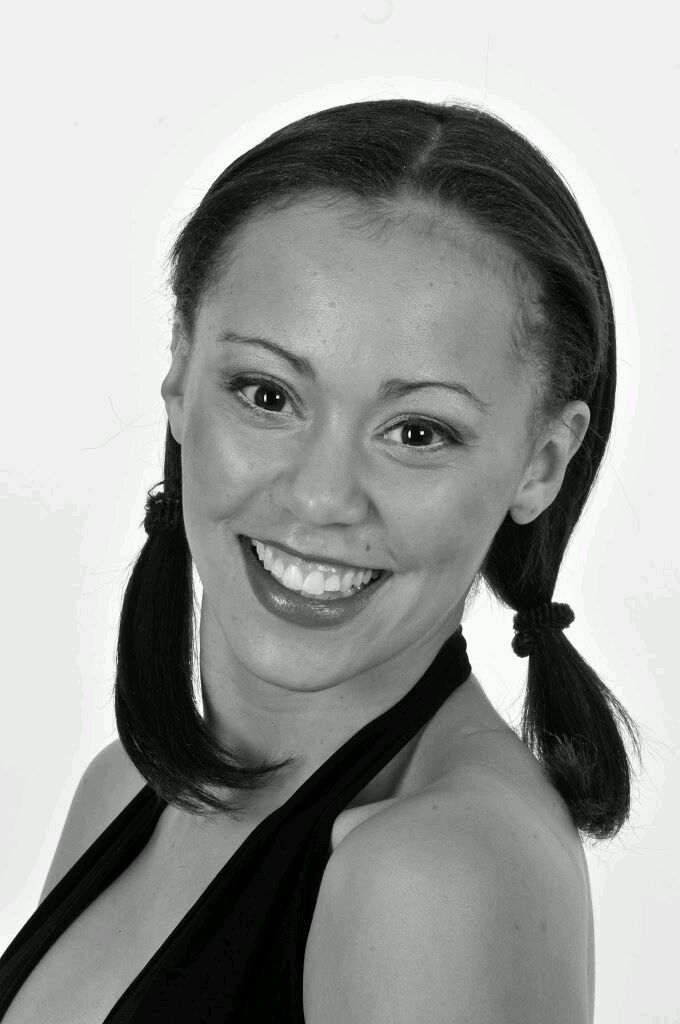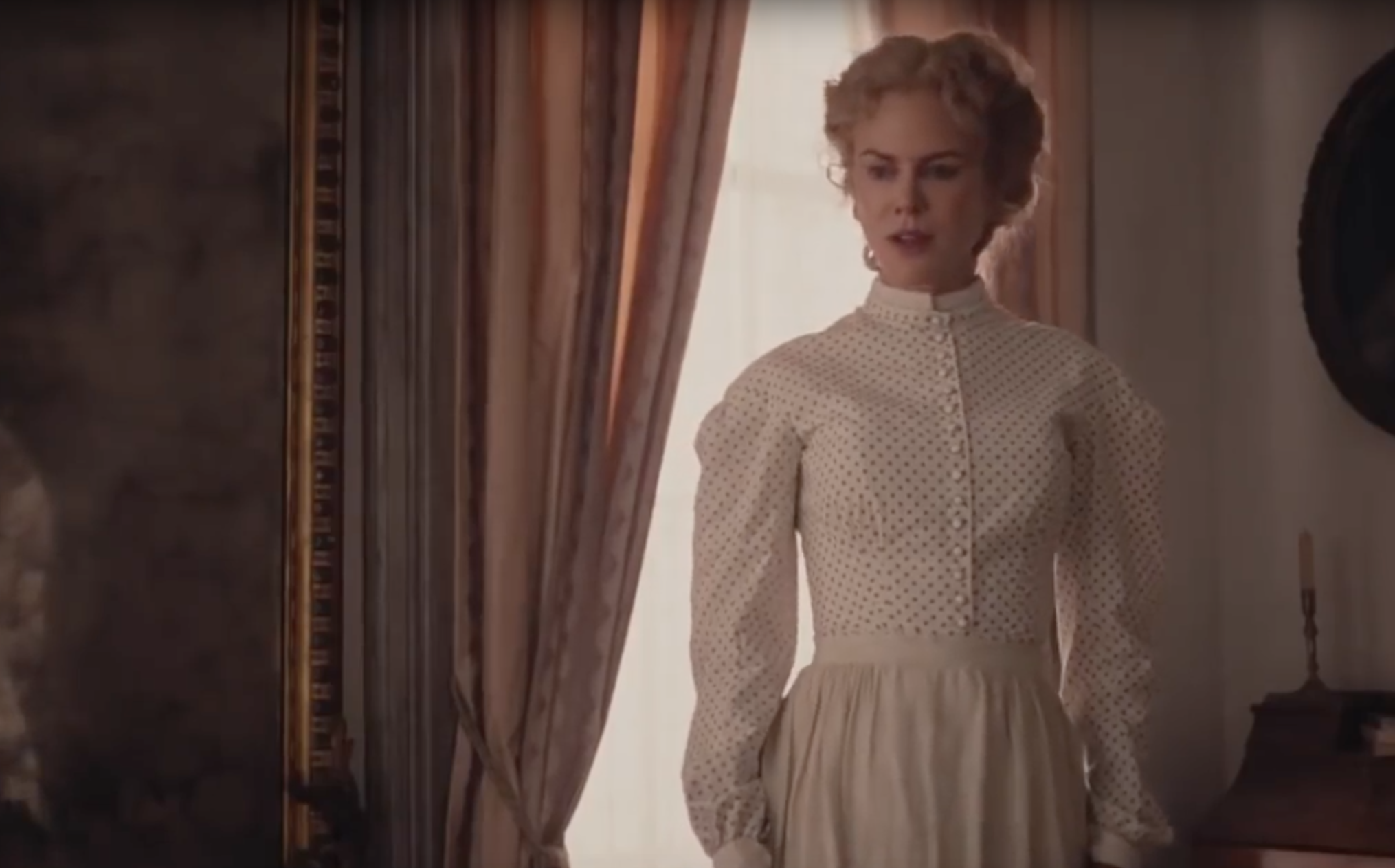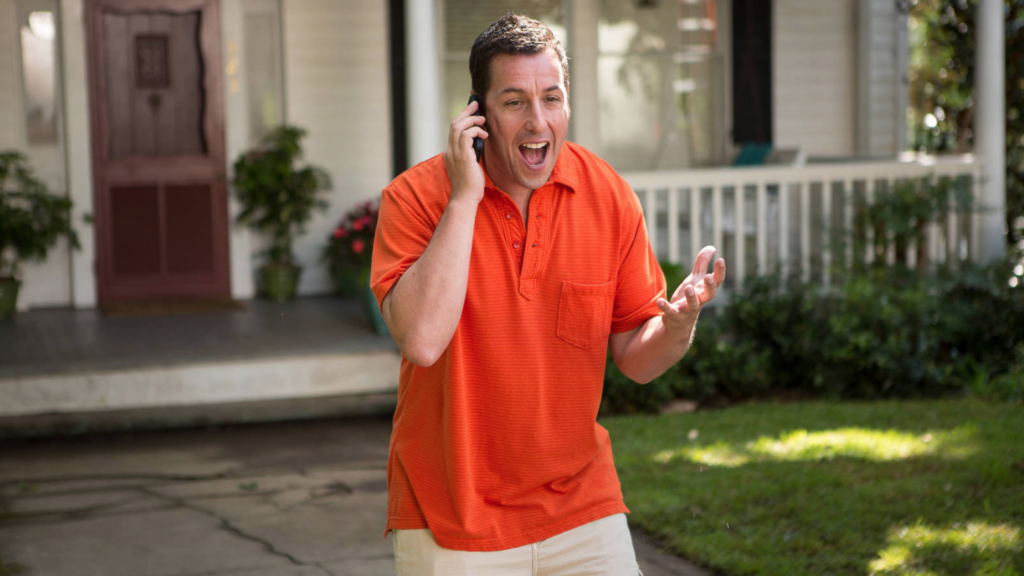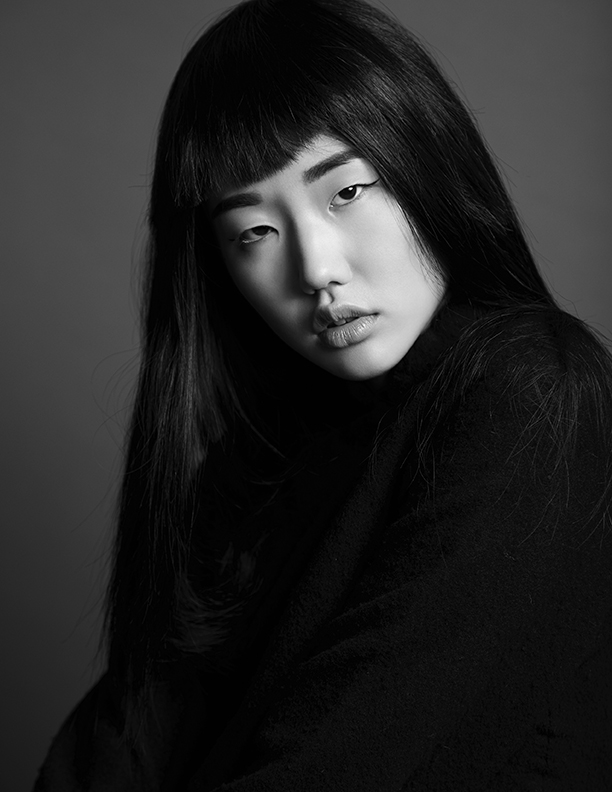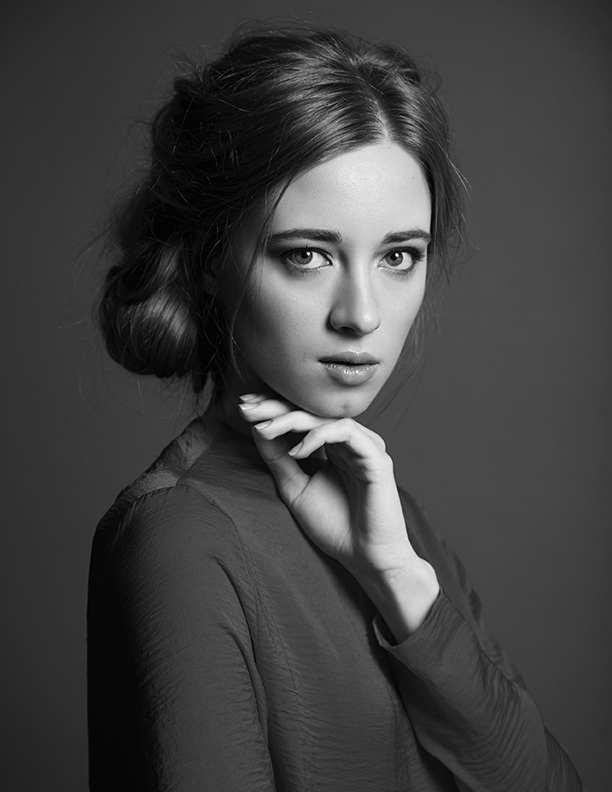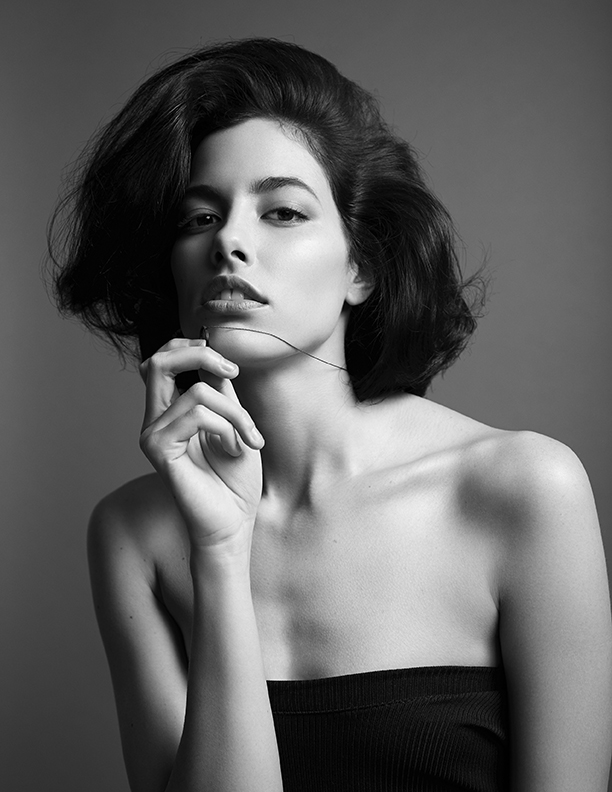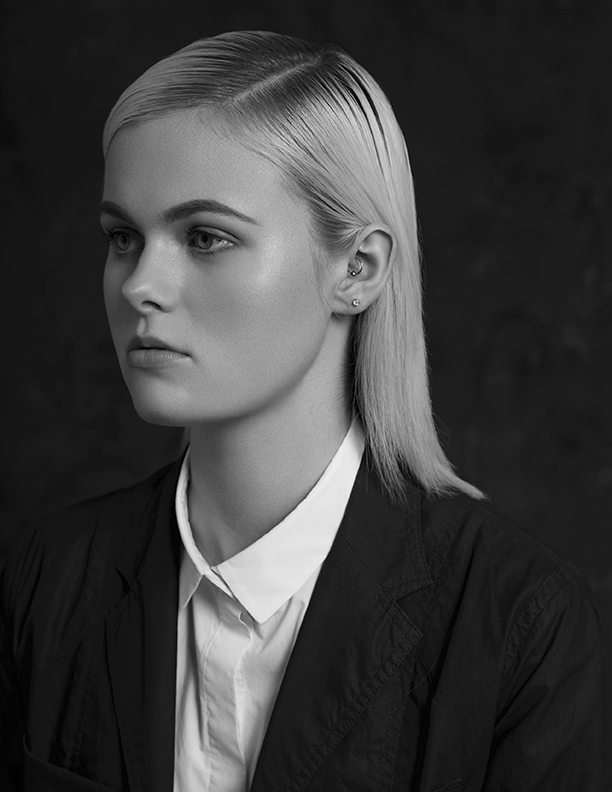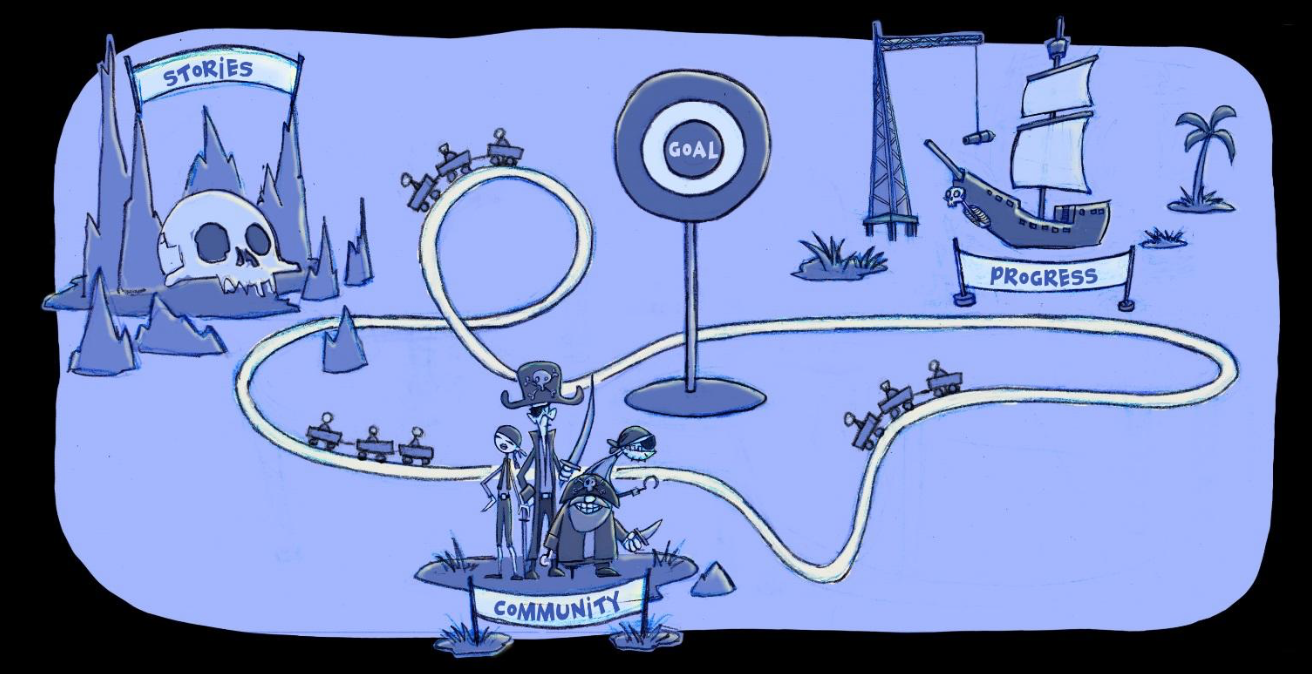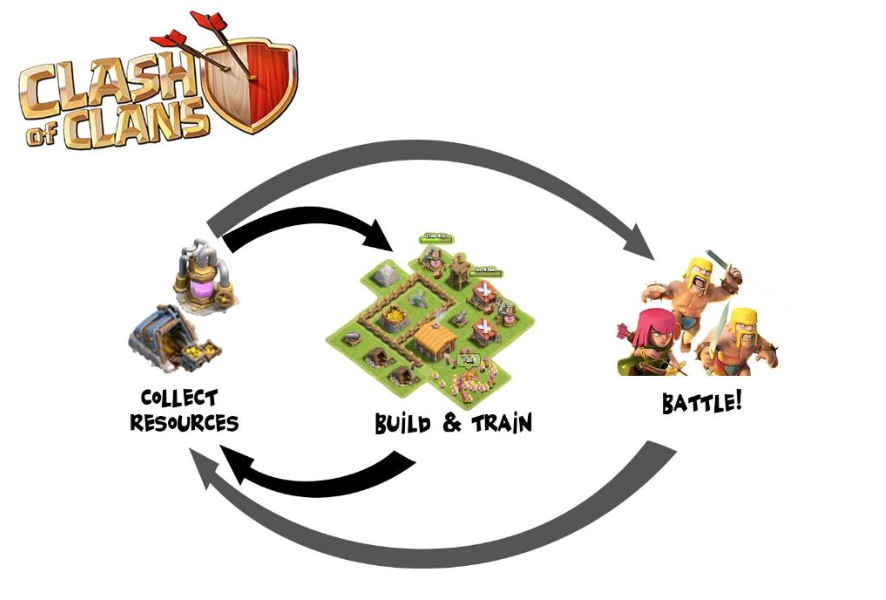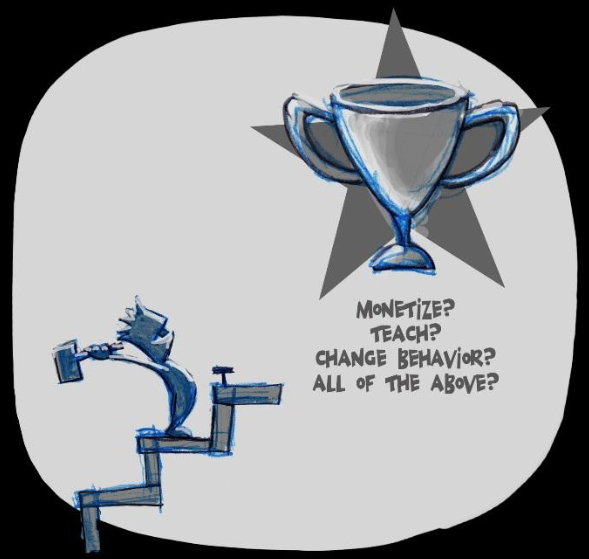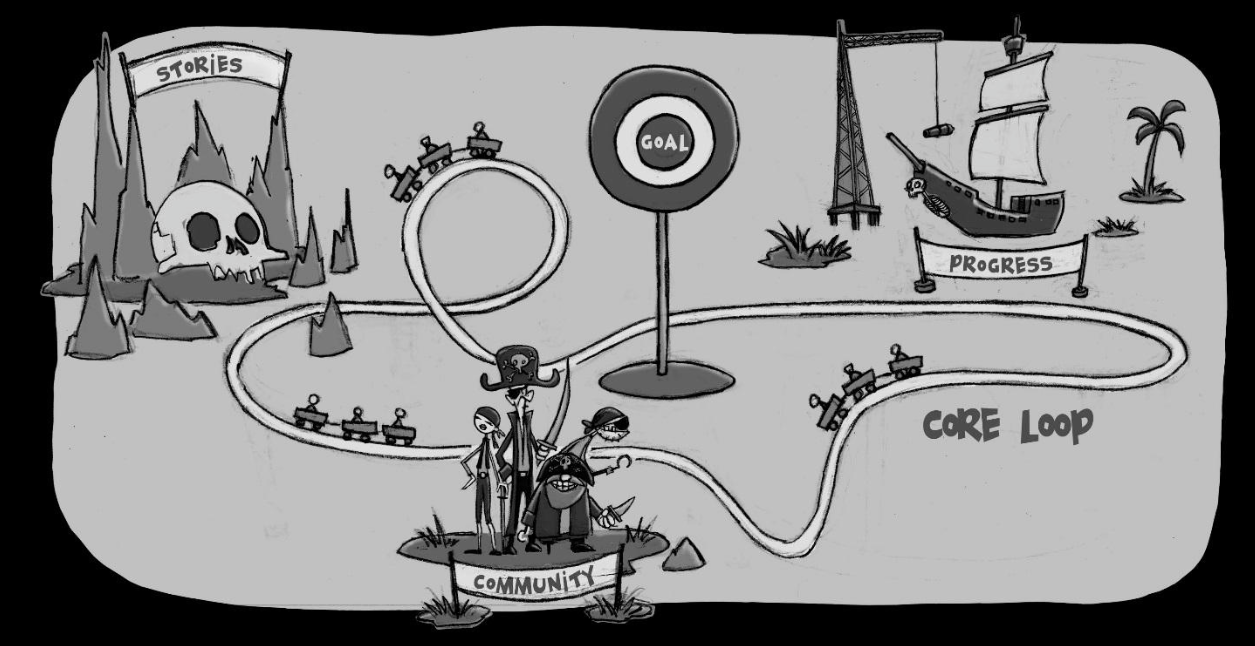So you’ve just completed a graphic design course and you’re on the lookout for the right creative job that utilizes your talents. They say being in the design profession is pretty tough, and if you can land a 9 to 5 job that pays most of the bills, you should consider yourself lucky. Armed with a list of job-related websites, advertisements and fancy references, you’re probably planning to say yes to the first offer of acceptance, even if the pay is modest. But the truth is that in order to make the most profitable use of your talents, you need to work with the right people and in the right environment. Your personality and your needs also must be factored in. Counter intuitive as it may seem, a well-paying office gig may not be the best fit for you.
Broadly speaking, once you’re out of graphic design school, you have three options to choose from. The first is working as a freelance designer and you may have already done a fair bit of freelancing as a student. Secondly, there’s the in-house path, where you join a particular organization and work only for them, strictly following schedules and collaborating with your colleagues. And thirdly, there’s the agency option, where you have a creative director mediating between you and your client as you work on several design problem-solving approaches. Each of these career paths, have their pros and cons, and below, we list them out for your consideration…
1. Freelance

This is most suitable for those whose Muse is a free spirit and who hate the monotony of routines. As a freelancer, you have the complete freedom of choosing your own clients and projects and you’re the one who sets the deadlines and the prices. In short, you work whenever and wherever you want to, and you’re your own boss.
However, the downside to this is that you have to do all the negotiations and client-finding yourself. Freedom can also mean pay inconsistency, and there may be long periods when you’re unable to find suitable work.
Our advice: Always do a bit of freelancing work on the side, even if it’s just pocket money, as it will help you build a portfolio, make quick bucks, and maintain a list of trustworthy clients you can later ask for references. It can be difficult to establish yourself as a full-time freelancer directly out of design school. If freelancing is your goal, consider joining an in-house company or an agency, even if it’s only for six months or a year, to build your portfolio, establish contacts, and build your confidence.
2. In-House

The in-house design path provides more job security and all the perks that a desk job entails. As a beginner, you have a stable role and a fixed list of responsibilities, and depending on your innovation and team spirit, you may be able to work your way up the ladder — say from being a graphic designer to a senior art director. However, many creative minds feel that a regular office job has the downside of sapping creativity and limiting the time you’ll have to work on your own projects. Depending on where you work, you may also find you won’t get much variety in your work. Nevertheless, in-house design jobs provide important opportunities to hone your skills, grow a sense of trends in the industry, and develop discipline.
Our advice: Even if you don’t immediately love it, working as an in-house designer for a company is crucial to your success. You’ll learn some important survival skills, such as dealing with difficult people, understanding how branding works, and completing assignments on time. We recommend you work in-house for a while, especially as a new graphic designer. If you like it stick to it, and if you don’t, you’ll gain enough experience to help you transition to freelance work or find a place more suited to your creative capabilities.
3. Agency

If you don’t want to handle the hassle of bargaining with your clients and still have enough variety in your work so as not to get bored, working at an ad agency or design studio may be a good fit. You’ll learn to contribute ideas and become a vital part of the design problem-solving team. The ability to collaborate and share responsibility are vital to the success of the young designer. In many cases, direct interaction with the client is minimal. Potential downsides might be that the agency may deduct a part of your earnings, and working 9 to 5 may be very strenuous.
Our advice: This is the best way to gain experience and have a regular source of income. Most agencies have HR professionals to help maximize the potential of the employees, so you’re most likely to get projects suited to your skill level and personality. However, if the monthly paychecks aren’t enough or your stress levels are rising, it’s time to seek work elsewhere.
So, how do you figure out which graphic design career path may be best for you? Before you start out, be clear about your needs and priorities. Is money the most important factor? When are you at your creative best? Do you enjoy collaborations? How good are your interactive skills? And most importantly, how amazing is your portfolio to attract the right type of clients?
If you need money and job security, go for in-house or agency. If you don’t want to make any compromises with your creativity are confident about your list of clients, there’s always freelancing.
Our advice is, once you complete your graphic design program, apply for a job or an internship at an agency so you have an idea of what the market wants and where you stand. Gain suitable experience in-house at a company or two, build your communication and negotiation skills, and build your network of contacts. Most importantly, learn to see your creative work from other points of view. And finally, when you think you have all the right skills and a decent income, you may find it’s the right time to turn to full-time freelancing.
Keep in mind that every graphic designer is different, and these general guidelines are simply meant to help you weigh your options. Happy hunting out there!
Have you found your graphic design career path? Let us know in the comments below! And, if you’re ready to study graphic design, check out our intensive, hands-on programs.


